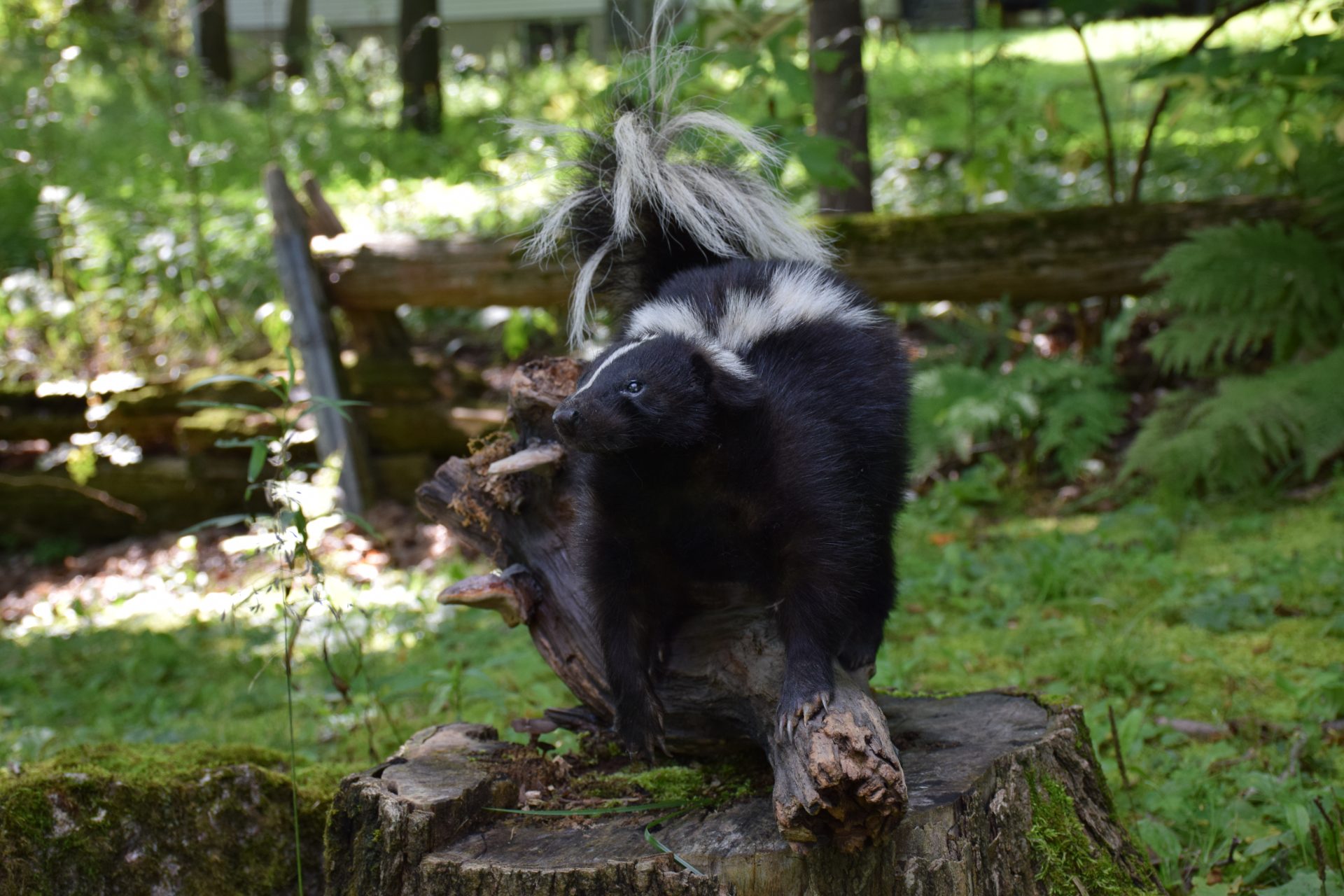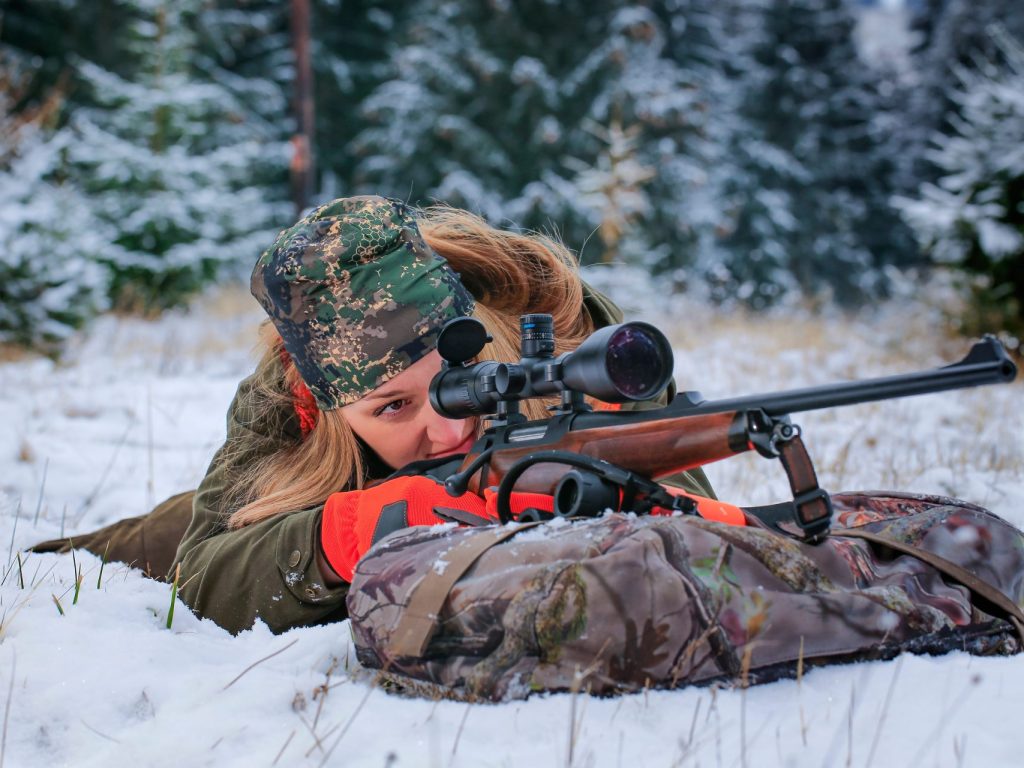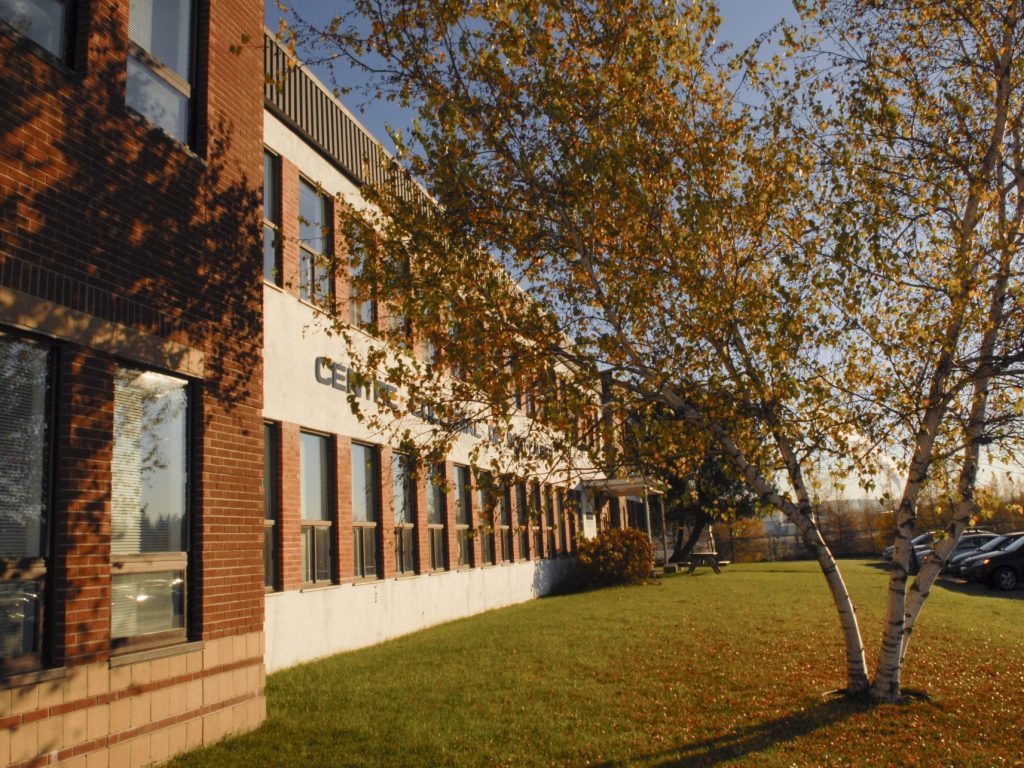Posted on August 26, 2024 by Mary Radermaker
Véronique Durand lives in Chott-Saint-Philippe with her partner and two children, and works in a profession that is as unique as it is interesting: that of taxidermy.
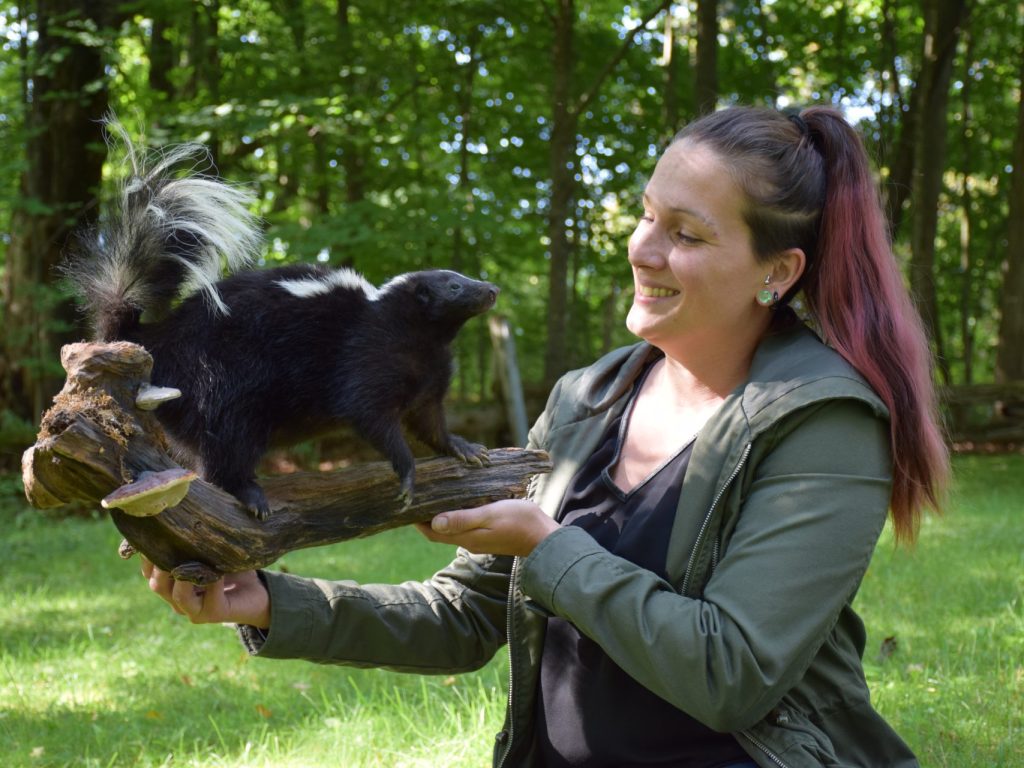
Medialo image – Mary Radermaker
In addition to her full-time job, the woman known as L'Empailleuse has been practicing taxidermy for 6 years. It all started when her partner taught her the basics of tanning: “I used to hunt hares for their meat, and I thought it was bad to throw away their skins and waste them. I started saving everything, boiling the skulls… Of course, at first it seemed strange. It took me a long time to carve.”
Despite everything, it was love at first sight: “I fell in love. I said to myself, ‘It’s crazy how you can transform an animal, use every part of it and bring it back to life.’ I knew right away that this was what I wanted to do in life, so I did it.”
“I have always been fascinated by biology. If I started my life over again, I would become a forensic doctor or a medical examiner.” -Véronique Durand

“The challenge is to give them back as much life as possible. The truth is, it starts with the eyes.” Photo Médialo – Mary Radermaker
Knowledge question
Faced with a lack of local resources, Véronique Durand first turned to the Internet. “My first skins looked like cardboard,” she recalls with a sense of humor. “I ended up discovering someone in Mont-Tremblant, Mathieu Paquette of Fourrure Jackalope. I went to work with him for 4 years and learned a lot.” Taxidermy and tanning are among those trades whose secrets and know-how are mainly passed on from master to student; Mathieu Paquette himself learned from Michel Séguin, the former owner of Fourrure Jackalope.
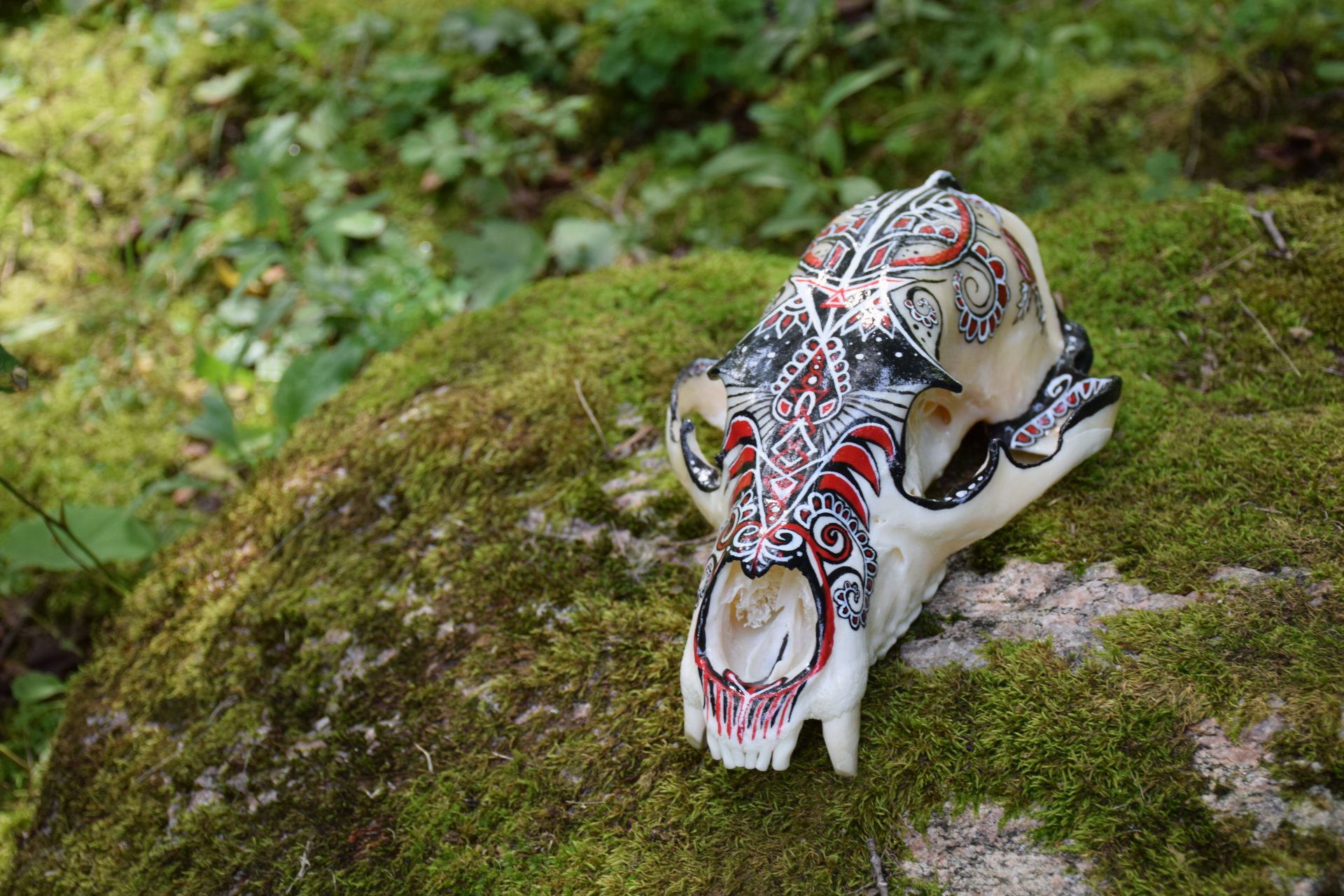
Image by Medialo – Mary Radermaker
complex process
Véronique Durand's workshop, set up in a hunting lodge on her property, is divided into multiple stations: “I have a barrel for cleaning the hides with sawdust, a meat slicer, my bathrooms, my mattress, and several large freezers and storage. It's a mess!”, she explains with a laugh.
As for the tanning process, it begins with registering the animal with the relevant authorities. “Then I will skin it, remove the bones, remove as much meat and cartilage as possible, and put the bones in the insect. » We then dip everything in a highly acidic pickling solution to kill all bacteria before using an alum solution that allows the skin to be soft and resistant to time.
Then we move on to the greasing: “I use tanning oil, but there is also a traditional method of using animal brains.” Then to the final stage: “We leave it to dry and pass the hide through barrels with weights to work it and break the fibers. It is really not easy!”
When it comes to taxidermy, Véronique Durand begins by measuring each part of the animal to ensure an accurate rendering. She then uses foam figures or builds her own structures: “We can use straw, fiberglass or any material that is durable and fairly light. For the eyes, they are glass eyes. For the teeth, I often work with dentures. It saves a lot of time, allows you to reuse the skull for another project and gives a cleaner result.”
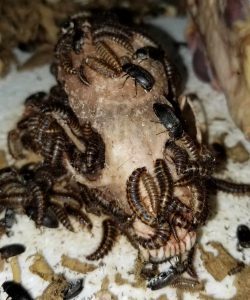
“In Quebec, most taxidermists use the boiling technique to clean skulls. I decided to go there with a little skin.” Photo courtesy
yet
The old and often primitive methods have given way to more sophisticated techniques. “In the old days, we kept the real skull, used straw for stuffing, put two glass beads for the eyes, and that’s it. That’s why it sometimes looks like the devil!”, laughs Véronique Durand. Now, it’s possible to have foam mannequins where the muscles are precisely reproduced, allowing for a more realistic and frankly aesthetic rendering. “It can be very artistic. It doesn’t have to be just a head on a plate or look like it’s from another era. There are so many possibilities!” “It can be really fantastic,” she says.
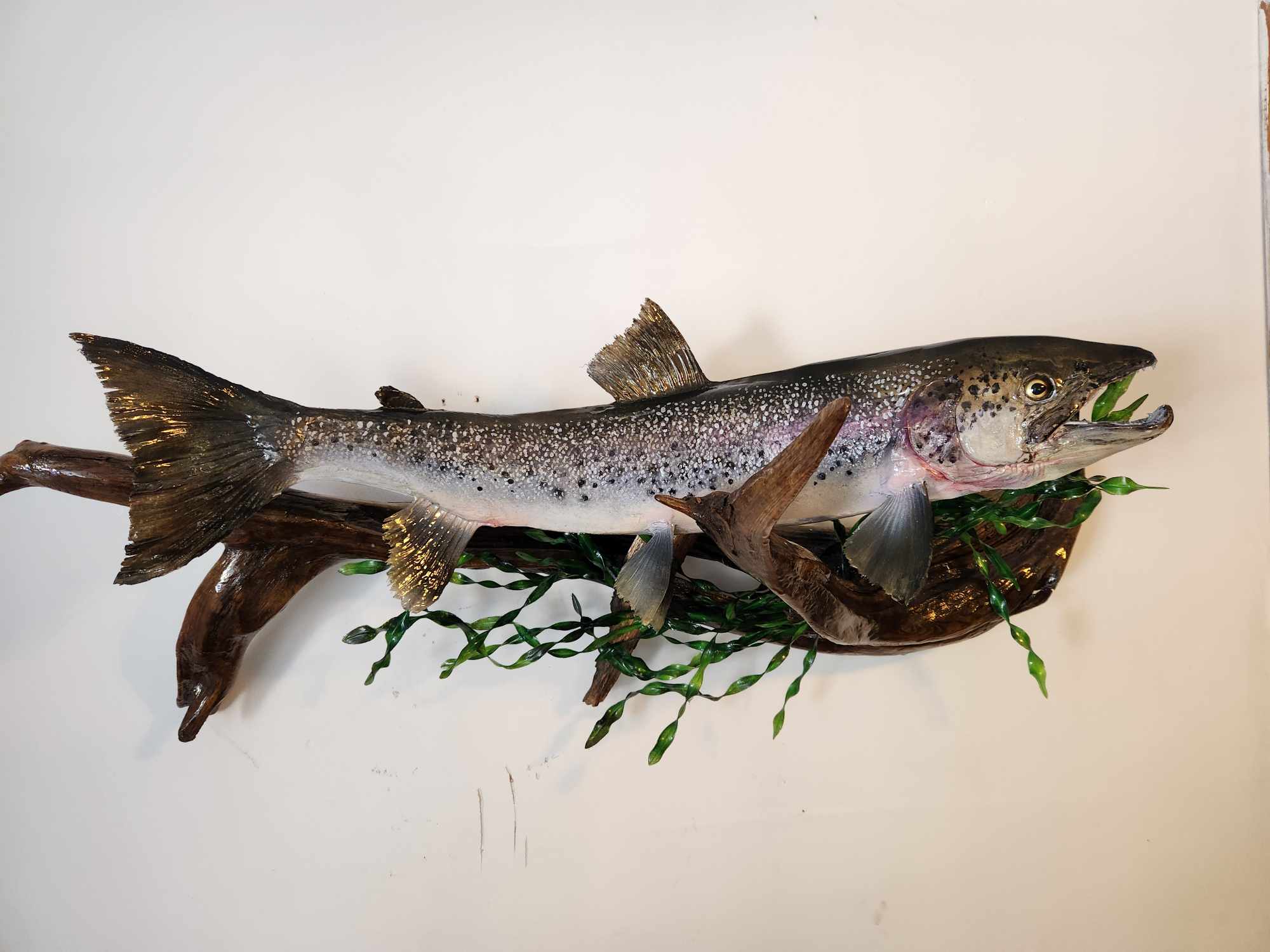
“When we tan, the skin loses all its color, so we have to repaint the fish from the ground up with an airbrush; every little dot, every scale. It’s a monk’s work.” Photo courtesy
As of this writing, new clients should expect a waiting period of more than a year. “It’s not that the process is long, it’s that I don’t have the time. If I did this full-time, it would be quick.” In addition to her project with L’Empailleuse, let’s remember that Véronique Durand works 40 hours a week with two young children. “I don’t feel strong enough to do it, even if I wanted to make a living from it. It’s too uncertain.”
For more information or to see Véronique Durand's creations, visit the L'Empailleuse Taxidermie Facebook page.
Share views:
16
You may want to…
See more: News
11
Call for Applications for Maud-Maloney-Watt Recognition
Posted on August 26, 2024
0
Hunters, hunters, hunters; you know the passionate Quebecers who, through their commitment or leadership, contribute to the enhancement of…
12
Family celebration of La Mèreveille's 40th anniversary
Posted on August 26, 2024
0
La Mèreveille Perinatal Resource Centre invites residents to a family celebration on September 14th in the park…
10
Fall Return for College Students
Posted on August 26, 2024
0
During the official start of the school year on August 19, approximately 260 students passed through the doors of the Mont Laurier College Center…

